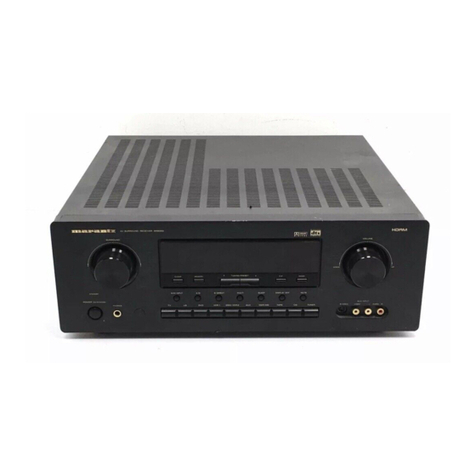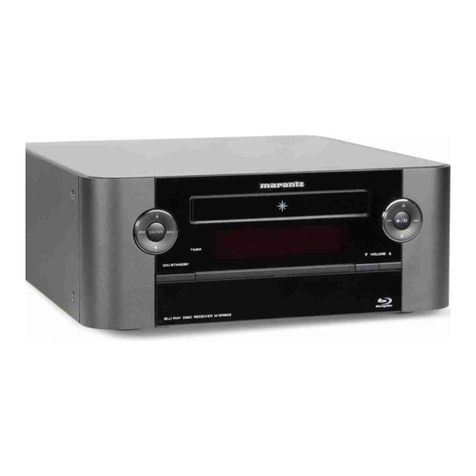Marantz 2245 User manual
Other Marantz Receiver manuals
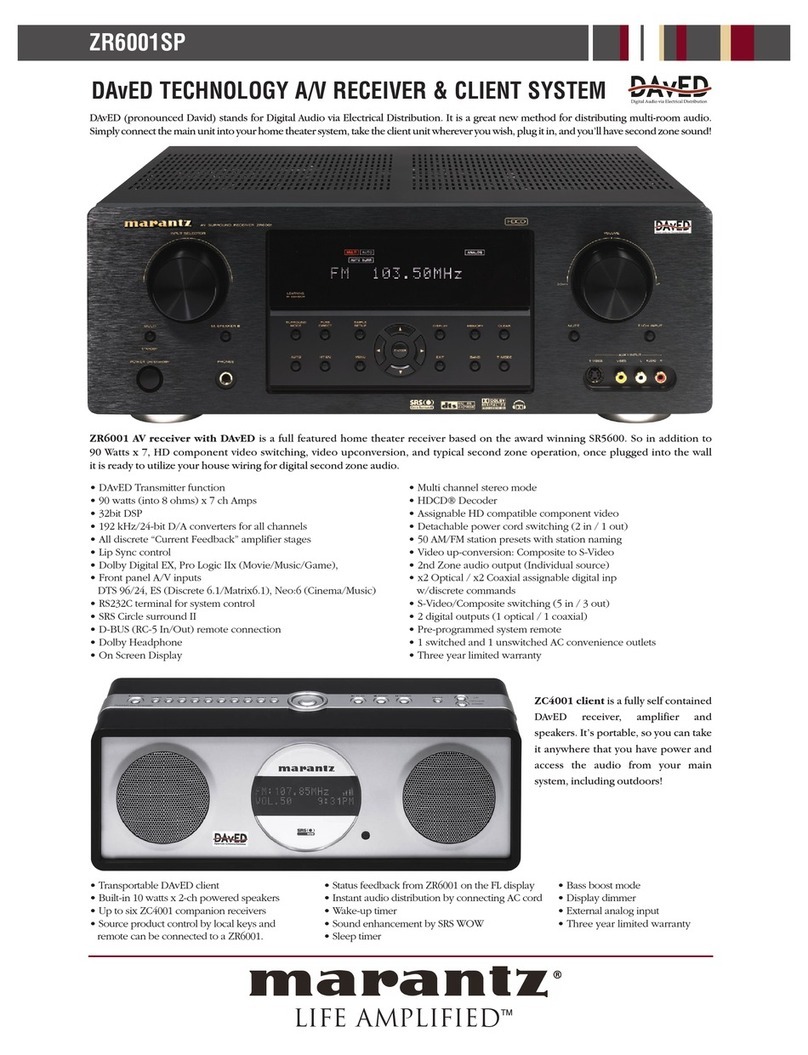
Marantz
Marantz SR5600 User manual
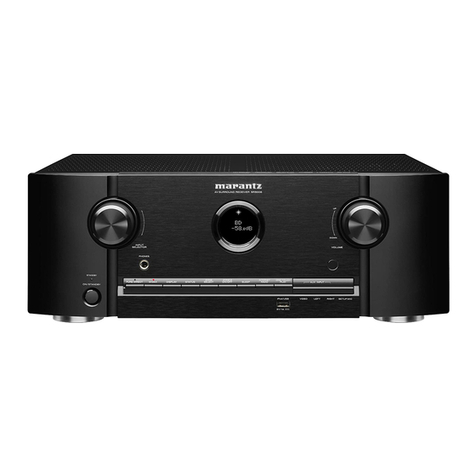
Marantz
Marantz SR5006 User manual
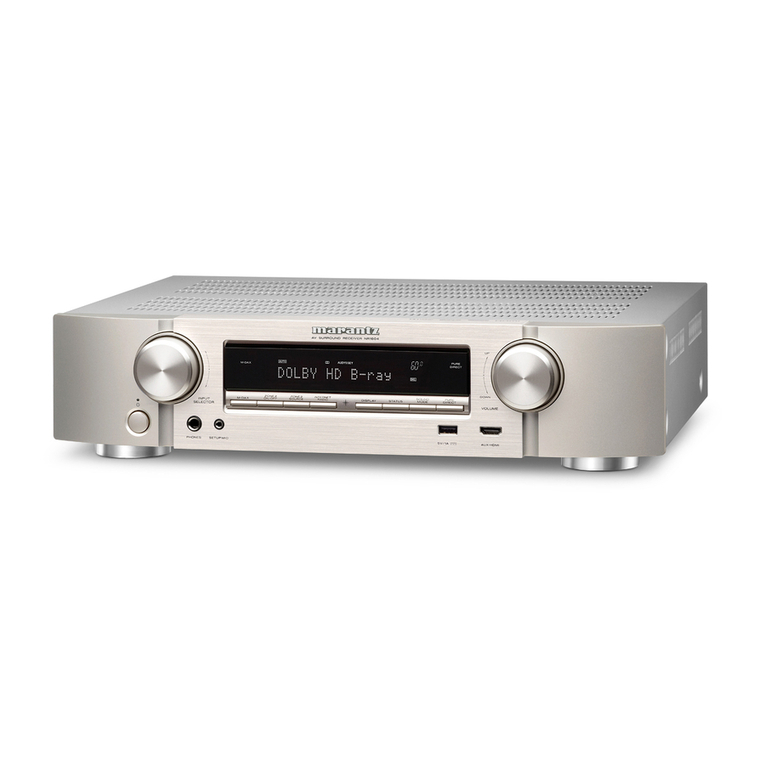
Marantz
Marantz NR1604 User manual

Marantz
Marantz SR7010 User manual

Marantz
Marantz Slim-line NR1501 User manual

Marantz
Marantz SR-73 User manual
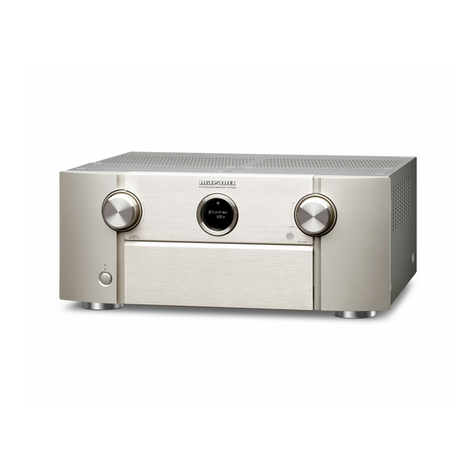
Marantz
Marantz SR7008 User manual
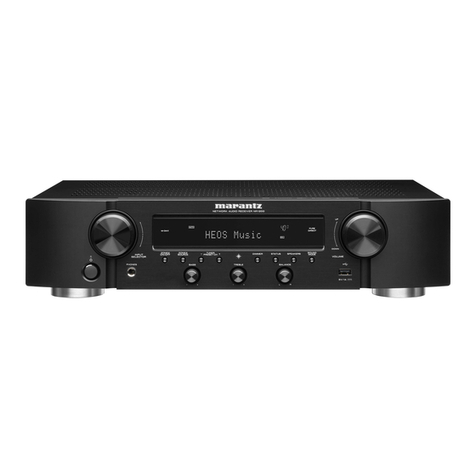
Marantz
Marantz NR1200 User manual
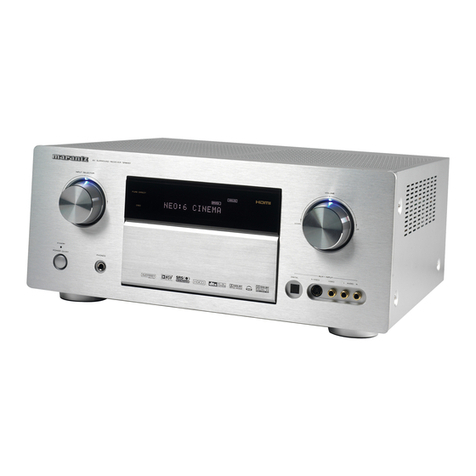
Marantz
Marantz SR-6001 User manual
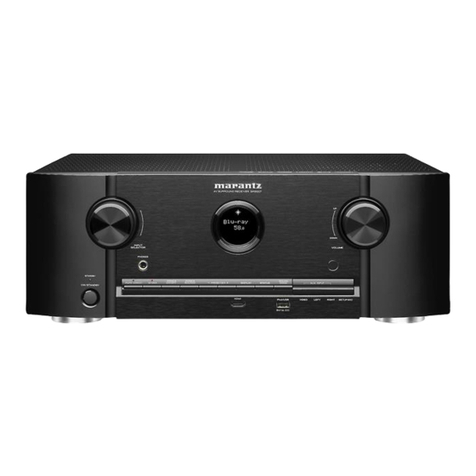
Marantz
Marantz SR5007 User manual
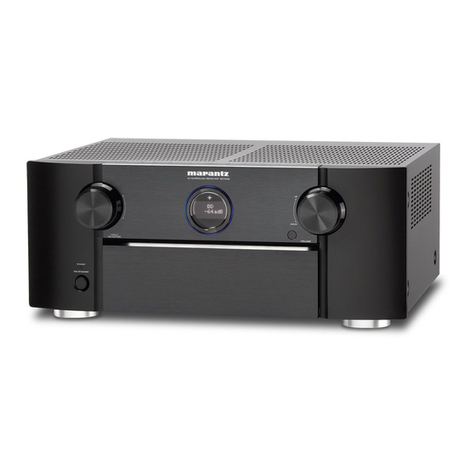
Marantz
Marantz SR7005 User manual
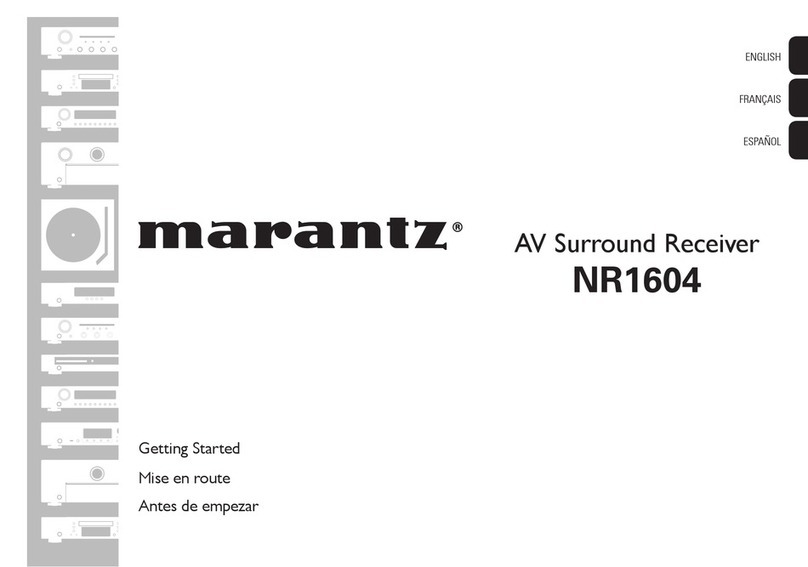
Marantz
Marantz NR1604 User manual

Marantz
Marantz SR7005 User manual
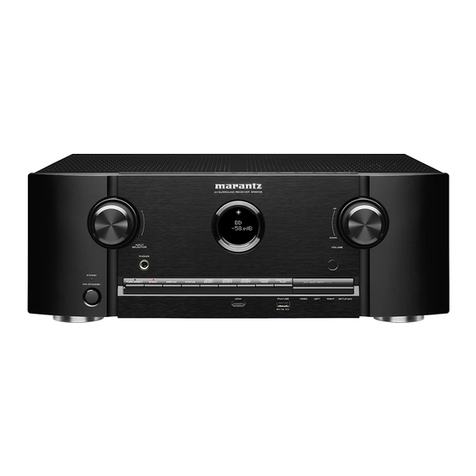
Marantz
Marantz SR6006 User manual

Marantz
Marantz SR5006 User manual

Marantz
Marantz ER2500 User manual

Marantz
Marantz SR9600 User manual

Marantz
Marantz NR1604 User manual
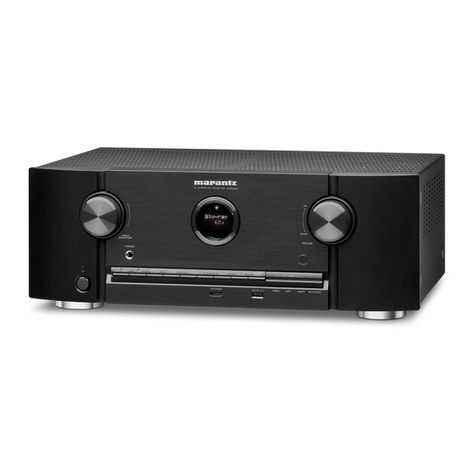
Marantz
Marantz SR5008 User manual

Marantz
Marantz SR4120 User manual
